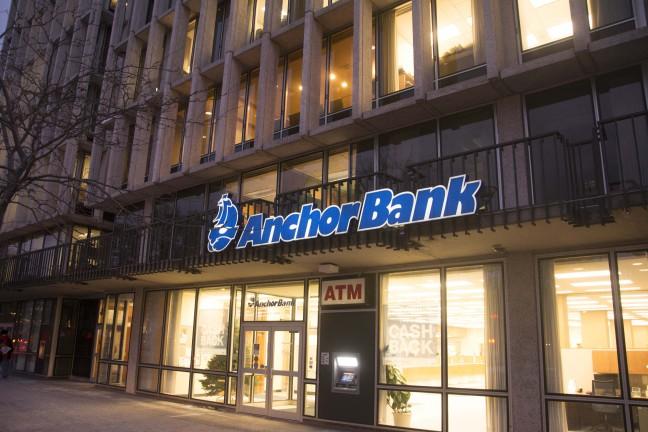Last month, the Madison Common Council passed its capital budget, which included what is essentially a $13 million Tax Incremental Financing giveaway to a private company to build a parking lot. While I’ll grant that the existing public parking ramps on that side of the square are decrepit and in dangerous states of disrepair, $13 million as a private company’s subsidy to build parking is wasteful and the mayor and City Council should be held accountable.
Here’s a quick primer on what TIF financing actually means. TIF is a subsidy strategy used often for redevelopment or community-based projects in areas that the city or state wants to encourage development or where development is unlikely to go forward on its own. Basically, TIF counts on increased future gains in tax revenue to offset cash given now for a project. This can be a great value for communities that need the extra boost to get development started, but a property in the heart of a downtown that is experiencing tremendous growth is not an appropriate use of TIF.
Urban Land Interests requested, and was approved for, $13.3 million in TIF financing for the redevelopment of the Anchor Bank building on Capitol Square, primarily to build a parking ramp. ULI claimed that without the TIF funding, they would not proceed with the project. However, with the burgeoning apartment supply and cranes dotting the downtown skyline, taxpayer subsidized parking is not really necessary and ULI could stand to chip in more money for the project.

Most frustrating about this process is the manner in which it passed through the city’s review committees and was passed in the budget. While I’ll grant that I wasn’t at any of the meetings where this was discussed, none of them seemed to generate more than cursory discussion over the project before being summarily approved. I spoke with individuals familiar or involved with the process on the condition of anonymity who told me they were surprised at the lack of public scrutiny throughout the process.
Conservatives weren’t up in arms over spending $13 million on downtown parking when $16 million for the Edgewater nearly burned down the city a few years ago. There were no liberals yelling about spending $13 million on a bank’s parking ramp while the city and county struggled to find space for Madison’s homeless population during the brutal cold months. Madison police Chief Koval says the nearly $1 million cost of implementing body cameras on police officers is one reason to delay adoption. It’s not that we don’t have the money available; it’s that we’re spending money to build more parking ramps.
I get it, building underground parking on the isthmus is expensive. We pay a premium for our awesome lakes and construction requires additional costs that are not always well received. However, this is not a street corner tucked away and neglected. While the Anchor Bank building sits on the least used corner of the square, someone will come along and redevelop the space and will be willing to pay the full price.
Madison is not going anywhere and as a city seeing significant downtown growth — again, look at the cranes in the sky — the prime location on the square is only going to be more enticing. Chris Rickert at the Wisconsin State Journal argues it’s only a matter of time before the area is developed potentially without the city’s help. The city should have played a longer game here and called ULI’s bluff. I think they would’ve found themselves back at the table and negotiating for a lower TIF loan which would result in the same end project.
TIF is a great tool for redeveloping neglected and blighted areas — not areas that will be developed on their own without taxpayer subsidies sooner rather than later. As Mayor Paul Soglin notes in his blog, using aggressive TIF funding can backfire as “it encourages other companies to seek ever greater incentives, regardless of whether they actually need them.” I know many smart people on the city staff looked at this proposal and recommended it to pass, but did they think if ULI actually needed the subsidy or did they just think it was an okay way to handle that corner of the square?
I’m not opposed to the project as a whole, but ULI did not need this subsidy and the mayor and Council members should be held responsible for not engaging the public for a more rigorous discussion on the appropriate use of TIF in this project.
Adam Johnson ([email protected]) is a graduate student at the La Follette School of Public Affairs.














